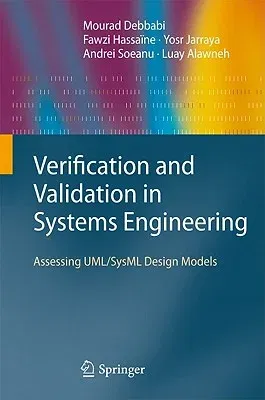At the dawn of the 21st century and the information age, communication
and c- puting power are becoming ever increasingly available, virtually
pervading almost every aspect of modern socio-economical interactions.
Consequently, the potential for realizing a signi?cantly greater number
of technology-mediated activities has emerged. Indeed, many of our
modern activity ?elds are heavily dependant upon various underlying
systems and software-intensive platforms. Such technologies are commonly
used in everyday activities such as commuting, traf?c control and m-
agement, mobile computing, navigation, mobile communication. Thus, the
correct function of the forenamed computing systems becomes a major
concern. This is all the more important since, in spite of the numerous
updates, patches and ?rmware revisions being constantly issued, newly
discovered logical bugs in a wide range of modern software platforms (e.
g., operating systems) and software-intensive systems (e. g., embedded
systems) are just as frequently being reported. In addition, many of
today's products and services are presently being deployed in a highly
competitive environment wherein a product or service is succeeding in
most of the cases thanks to its quality to price ratio for a given set
of features. Accordingly, a number of critical aspects have to be
considered, such as the ab- ity to pack as many features as needed in a
given product or service while c- currently maintaining high quality,
reasonable price, and short time -to- market.

